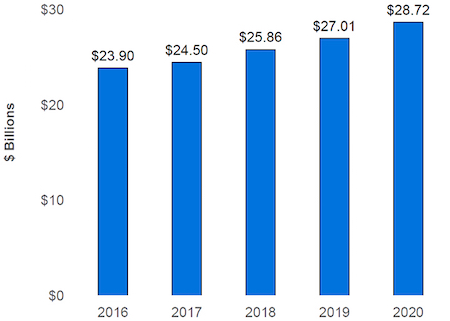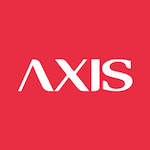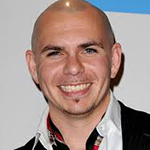The fastest growing demographics in the U.S. are multicultural, yet despite the fact that consumer audiences in this country have changed dramatically in recent years, many brands and the agencies that represent them fail at engaging these markets.
According to a new report released by marketing trade group the Association of National Advertisers, multicultural investment accounted for only 5.2 percent of total U.S. advertising and marketing spends last year, despite the fact that multicultural consumers now comprise 37.3 percent of the total U.S. population.
The report, which was conducted by market research firm PQ Media, analyzed the size and growth of multicultural media investments across demographics, platforms and various buying strategies. It discovered that the $25.9 billion spent on multicultural messaging in 2018 accounts for revenue gains of 5.6 percent from 2017’s $24.5 billion.
But the study also highlights the woefully disproportionate outreach made by U.S. companies when distributing marketing messages to multicultural audiences when compared to their investments in reaching out to the overall, general population.
|
Source: PQ Media |
Media spending targeting Hispanic Americans last year, for example, represented only 3.6 percent of total advertising and marketing buys in the U.S. (or about $18 billion). For African American audiences it’s even lower, 1.4 percent (or $7.2 billion). Asian American media accounted for only 0.1 percent of the total amount spent on advertising and marketing in the U.S. last year (or about $722 million).
By contrast, Hispanics represent 18.1 percent of the overall U.S. population, according to 2017 U.S. Census Bureau statistics, while African-Americans comprise 13.4 percent and Asians make up 5.8 percent.
Television was the media platform to take in the largest multicultural revenues last year, accounting for $7.67 billion. This was followed by relationship marketing ($4.62 billion), promotional marketing ($3.08 billion), experiential ($2.67 billion) and digital ($2.59 billion). Print and radio followed, at $1.39 billion and $1.09 billion, respectively.
The fastest-growing multicultural marketing segment in 2018 was “other advertising,” which includes B2B magazines and directories as well as ads in entertainment media such as music, film and book sites, video games and eSports sponsorships—which gained 12.5 percent last year.
The report predicts that multicultural advertising and marketing spending should grow 4.5 percent this year to about $27 billion, with media spends targeting Asian Americans to see the biggest gains (6.4 percent), followed by African American media (5.3 percent) and Hispanic media (4.1 percent).
The “U.S. Multicultural Media Forecast 2019” report was conducted by PQ Media on behalf of ANA’s Alliance for Inclusive and Multicultural Marketing, which was established to bring together thought leaders from the African-American, Hispanic, Asian, LGBT and general market communities to elevate multicultural and inclusive marketing practices.

 Multicultural marketing revenues, 2016-2020.
Multicultural marketing revenues, 2016-2020.
 Jackeline Stewart-Hawkins has joined BCW as executive VP and leader of its polycultural consulting unit.
Jackeline Stewart-Hawkins has joined BCW as executive VP and leader of its polycultural consulting unit. Gen Z Latinos are on their way to becoming the main engine of population and economic change in the U.S. within the next decade. Communicators are taking notice.
Gen Z Latinos are on their way to becoming the main engine of population and economic change in the U.S. within the next decade. Communicators are taking notice. The Axis Agency, which launched in 2005 as Weber Shandwick’s multicultural marketing unit, is now an independent and minority-owned shop as CEO Armando Azarloza and COO Carmen Lawrence have acquired the brand from Interpublic.
The Axis Agency, which launched in 2005 as Weber Shandwick’s multicultural marketing unit, is now an independent and minority-owned shop as CEO Armando Azarloza and COO Carmen Lawrence have acquired the brand from Interpublic. Horizon Media and hip-hop artist Pitbull have joined forces to start a marketing agency aimed at the multicultural market.
Horizon Media and hip-hop artist Pitbull have joined forces to start a marketing agency aimed at the multicultural market. Inclusive marketing today has moved beyond a differentiating factor and has now become a consumer expectation.
Inclusive marketing today has moved beyond a differentiating factor and has now become a consumer expectation.


 Have a comment? Send it to
Have a comment? Send it to 
No comments have been submitted for this story yet.